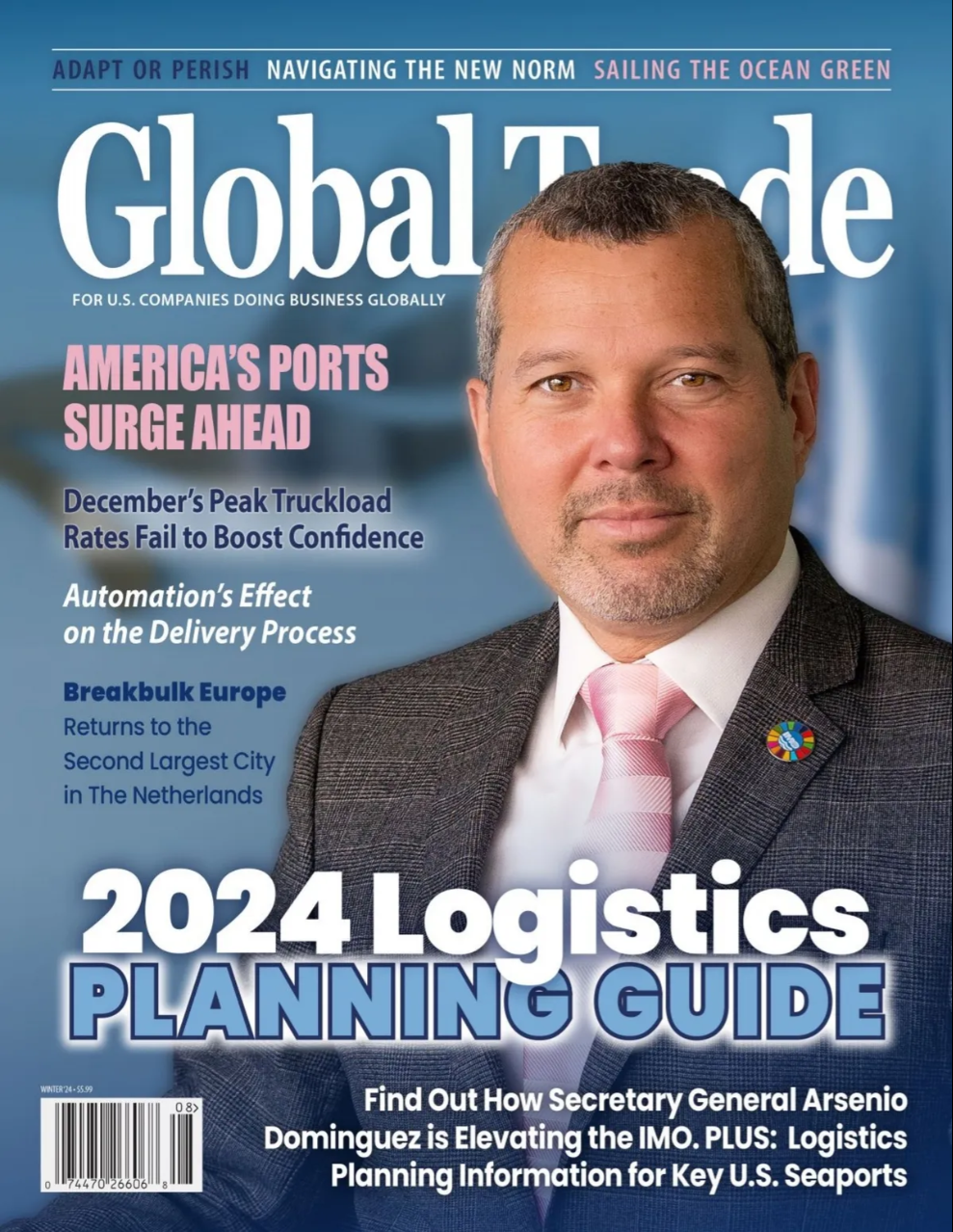The time has come to stop thinking about port projects in the same way we once did. Everything has changed and with an abundance of funding, port projects in 2023 will include many new components.
Over the last several years, shifting economic and environmental conditions have significantly impacted ports. New challenges along with new funding criteria have forced port officials to focus intently and invest heavily in projects that deliver resilience, sustainability, and accessibility in port infrastructure.
New types of projects can be observed as federal funding is awarded for upcoming projects at U.S. ports. The USDOT’s Maritime Administration recently allocated $703 million for 41 port projects in 23 states that all contain components related to reducing carbon emissions and promoting renewable energy. A combined $100 million was also recently awarded to initiatives in a relatively new area of investment — offshore wind production. This new vein of federal investment results from the country’s 2030 goal to deliver 30 gigawatts of offshore wind energy. That goal, when reached, will provide enough to power 10 million homes with renewable energy.
State governments are also promoting new types of port projects through new funding criteria. Infrastructure funding from all sources is beginning to carry many of the same requirements.
On Dec. 20, the Massachusetts governor announced $75 million in state funding for offshore wind projects at the Port of New Bedford. As a global hub for commercial fishing, the port already has a robust, fully developed supply chain in place so the upcoming projects will support site redevelopment, terminal expansion, and logistical improvement projects to accommodate offshore wind. New England’s largest offshore wind project will help generate and deliver enough clean energy to power approximately 750,000 homes.
California is also reshaping its port infrastructure to accommodate offshore wind production. In mid-December, officials approved a new state plan for battling climate change which encourages development of offshore wind power at port sites.
Offshore wind developments were announced in New Jersey last month. The New Jersey Economic Development Authority has reached a lease agreement with the second of two private companies for a wind port. The leases highlight a major tenet of the state’s commitment to reconfiguring port infrastructure for sustainability. The goal of these first two initiatives is to yield enough clean energy to power more than 700,000 homes. To confirm the future direction, six leases to operate wind ports in New Jersey and New York were auctioned off to private sector partners for a combined $4.37 billion.
Perhaps bolstered by private sector enthusiasm, the state of New York has adopted an extremely ambitious iteration of new port plans. State officials will invest in developing nine gigawatts of offshore wind energy – enough to generate enough clean energy to power millions of homes in the future.
A $48 million wind terminal project has been announced for Staten Island in 2023. Federal funding has been secured and construction will launch late in 2023. The project will require dredging of 740,000 cubic yards and the deepening of a ship basin that will adjoin an offshore wind staging and assembly facility.
Five counties within the Chesapeake Bay area of Maryland will launch a feasibility study related to a planned regional passenger ferry service. Funding from the tourism bureau will support the consortium and the initiative. The feasibility study will identify sites for eventual construction of ferry terminals throughout the region and recommendations will be used to scope both the timeline and budget for the project.
A $1.8 billion project in Louisiana is slated for launch in 2025. The Port of New Orleans will build a new port container facility designed to support the growth of advanced manufacturing, agribusiness and energy sectors. The new container terminal will be located on a 1,200-acre parcel in St. Bernard Parish and the objective will be to create a logistical nerve center for port operations which will expand access to global markets. Components of the project will include stormwater drainage and natural buffers between the port and nearby residential communities.
A Grays Harbor Terminal 4 expansion and redevelopment project in Washington will carry a $47 million price tag. Currently in preconstruction phase, the project will be designed to facilitate flow of cargo through an international shipping complex. Several construction components will improve the port’s operational efficiencies, with particular emphasis on the process of exporting regional agricultural products. A second agricultural ship loader will also be required.
In California, the Port of Long Beach will launch a $200 million project designed to mitigate the risks of climate change. The project’s objective is to embed resilience and sustainability into future port operations. It will include construction of a new electric substation to power dredging equipment to reduce carbon emissions otherwise tied to dredging. Port officials may also begin reusing dredged sediment for building leasable terminal space which could offset future port expenditures.
Earlier this month, USDOT’s Maritime Administration issued a notice of funding opportunity. In 2023, another $662 million in grant funding will be available for U.S. port projects that are designed for long-term value. From planning document scrutiny, it appears that funding from all sources will continue to support the basic tenants of the projects described in this column. This new vision for future port infrastructure projects is worthy of note.





